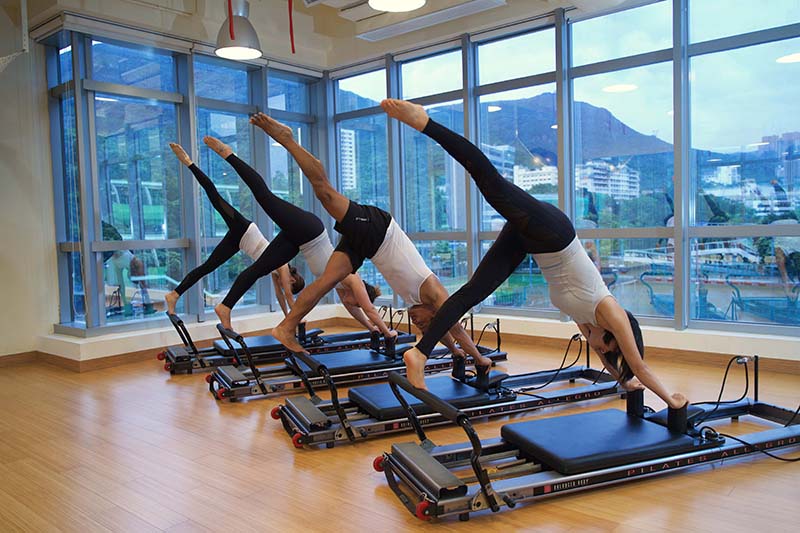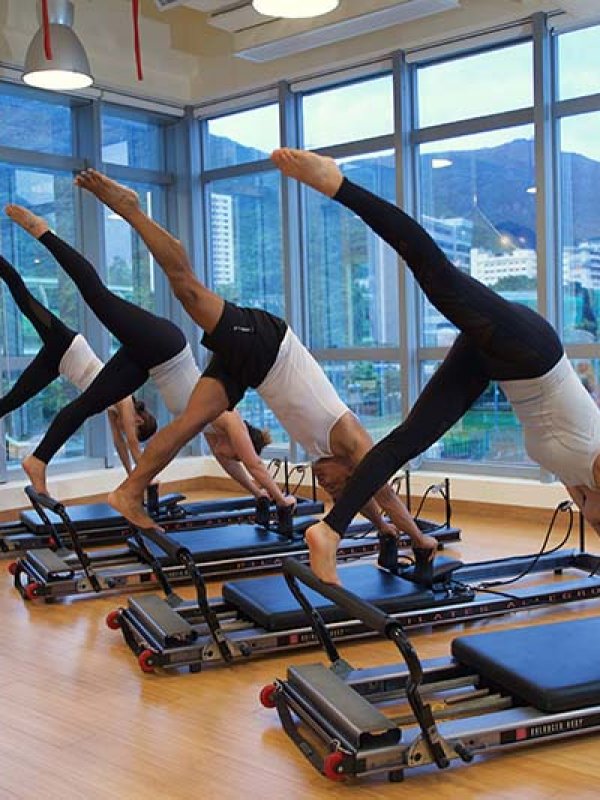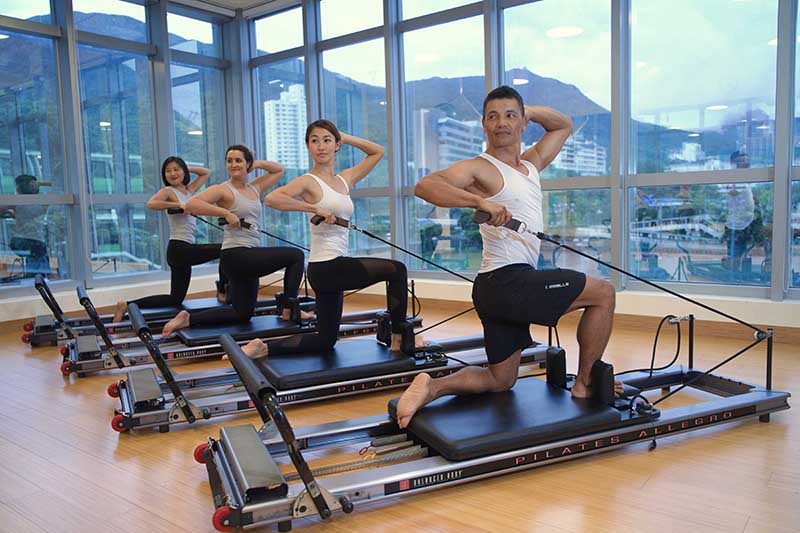
07 Aug How Abs and Stress Are Actually Related

Believe it or not, core muscle control has a positive impact on stress. Heather Shalabi explains how…
Earlier this year, I was writing a paper on Concentration, and why I believed it was the most critical of the six Pilates principles (the other five being centering, control, precision, breath, and flow). During the course of my research, I discovered that motor control affects stress response, and that core strengthening, in particular, impacts the adrenal gland (stress organ).
In such a high-performance environment as Hong Kong, I thought it would be relevant to share my findings with the Flex community. It might resonate with many of us, and enable some to make the connection with their personal situations – creating an opportunity for awareness, and thus, improvement.
Mapping the human body
In order to understand the effects of motor control on mood and stress response, we start by looking at the brain. The primary motor cortex of the cerebrum houses a map of the human body, containing areas which correspond to the face and limbs, as well as the axial body muscles – known to many people as “the core”.
In a very interesting study, researchers found that concentrated axial control, as practiced in Pilates, had a positive effect on mood and stress response. They also found that the primary motor cortex asserts control over the adrenal medulla, which is responsible for our response to stress.
Specifically, they discovered that the neurons controlling the adrenal medulla are located in the axial muscle (“core”) part of the cortex. This led them to conclude that axial control has a direct and positive impact on the stress response.
Your posture says it all
There’s all this scientific evidence that core strengthening has an impact on stress, but one doesn’t need a brain scan to see the connection between a weak or underutilized core and someone’s current psychological state. When you observe a depressed or anxious person, you notice changes in their posture. When you stand up straight, it has an effect on how you project yourself and how you feel.
What’s going on inside the body? When we’re stressed, our brains typically shift into “fight or flight” mode, raising cortisol levels. Think of cortisol as nature’s built-in alarm system; it’s our body’s stress hormone that works with certain parts of our brain to control mood, motivation and fear. Adrenal glands – triangle-shaped organs on top of our kidneys – produce cortisol. (WebMD)
However, although this response is automatic, it IS controllable – and that’s where Pilates and concentration come in…

Stress-fighting: The mind and body tag team
Pilates teaches the deliberate coordination of movement and breath, which aids in stress reduction. Some brain scans have even showed a shrinking of the amygdala – a deep-brain structure strongly implicated in processing stress, fear and anxiety – after participants regularly undertook daily mind-body practices such as Pilates and yoga.
Thus, with full concentration on motor control, we are able to stimulate the nervous system to improve physical movement patterns rapidly and efficiently. By focusing on axial or core control, we may also affect the adrenal glands, lowering stress levels and improving our mental state.
As Mr. Pilates famously said, “It’s the mind itself which shapes the body.” Indeed, this has scientifically been proven to be true, largely thanks to the role of the nervous system on the body when we are in a state of concentration.
Which of the of the six Pilates principles do you think is the most important: centering, concentration, control, precision, breath or flow? Leave us a comment on our Facebook Page!


